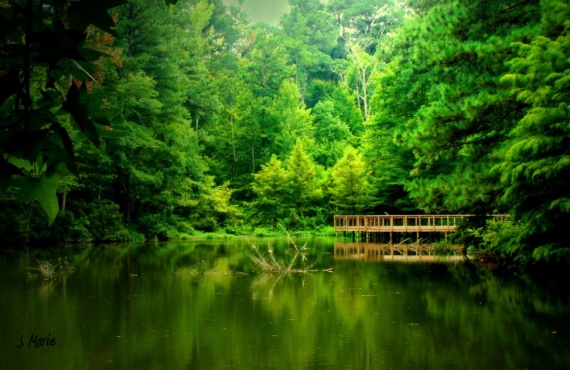Learn Photography
Better Pictures On The Auto Mode - 5 Tips
Photography, and in particular nature photography, does not have to be over-complicated. Unfortunately, with so many features on a new digital camera, and a manual that is impossible to read, most beginners feel much safer with their camera set to automatic.If you read that and thought “That sounds like me!” read on; I have good news. There are some great ways to take better photos without having to learn the complexities of your camera. That’s right – leave your camera on auto and still learn to take great photos.

Of course I encourage anybody to learn and understand aperture and shutter speed, the settings you will need to understand to really improve as a photographer. However, the best encouragement is to start getting results quickly, so here are five easy tips to help you improve your photography…the low-tech way!
Better Photography Tip#1.
Take your photo in the best possible light. You may have heard that the best light for most photography is very early or very late in the day, when the sun is low, and the light is soft and colorful. This is a good rule to follow most of the time. Not only is the light more attractive, you can also avoid the contrast and heavy shadows of midday.
Some subjects actually work better on cloudy days. For animals and people, cloudy weather softens the light and overcomes the problem of your subject squinting into the light. In the forest, overcast skies prevent the heavy contrast that is a problem on sunny days.
Better Photography Tip#2.
Landscape photos: create a more interesting composition. Many photos can be made more interesting not by zooming right in on the subject, but by zooming out, or standing further back to capture more of the surroundings. The important thing is to use make sure you use the surroundings to add impact to the picture.
For example, let’s say you are photographing an old rustic farmhouse. You could add even more character by using a line of fence posts, or a gravel driveway, to lead the eye into the picture. Or when photographing a waterfall, you could try going a little further downstream, to shoot the creek with the waterfall in the background for a more interesting angle.
Better Photography Tip#3.
Sunset and Sunrise. Everyone loves taking sunset (and sunrise) photos. A brilliant sunset sky can make a great photo, but you can make it even better by looking for a good subject in the foreground. The key is to find something that stands out against the sky, with a an outline people can recognize; a tree, a windmill, even a row of power poles. The subject does not have to dominate the photo; in fact it is probably best if it only takes up about ten percent of the composition so that the sky remains the starring attraction. But if you can create a striking silhouette, you will immediately add character to your sunset photograph.
Better Photography Tip#4.
Animals (And People). Portrait style photos are usually spoiled by a distracting background. When you take a photo of a friend, a pet, or an animal, you don’t want the surroundings to take attention away from the subject.
Better Photography Tip#5.
Concentrate. Sometimes all it takes to make a photo a success is to move a little to the left or right, or zoom in or out just a little more. If you just point the camera in the general direction of the subject without thinking about what you are doing, your results will not improve. If you slow down and really examine what you can see in the viewfinder before you press the button, your success rate will improve. Simple things to look out for include; trees and power-poles appearing to grow out of the head of the subject (move yourself or the subject to a better position); litter on the ground (pick it up); aircraft or distracting clouds in the sky (wait for them to pass by); blurry branches on a windy day (wait for conditions to settle for a moment). All these things and more can ruin a photo, and they can all be remedied by taking a good look to make sure your picture has captured everything you want, and nothing you don’t want.
So there you have some easy tips for good photography without getting hung up on technology. Above all, pay attention to tip #5 and slow down to concentrate on what you are doing. The other golden rule: keep practicing, take lots of photos whenever you can. You will learn a lot more from your own experience in the field, than by being told what to do. Remember with digital cameras it doesn’t cost you anything to keep on snapping. With patience and attention to detail, you will be taking better photos in no time – guaranteed!
Author
Andrew Goodall’s

0 comments:
Post a Comment